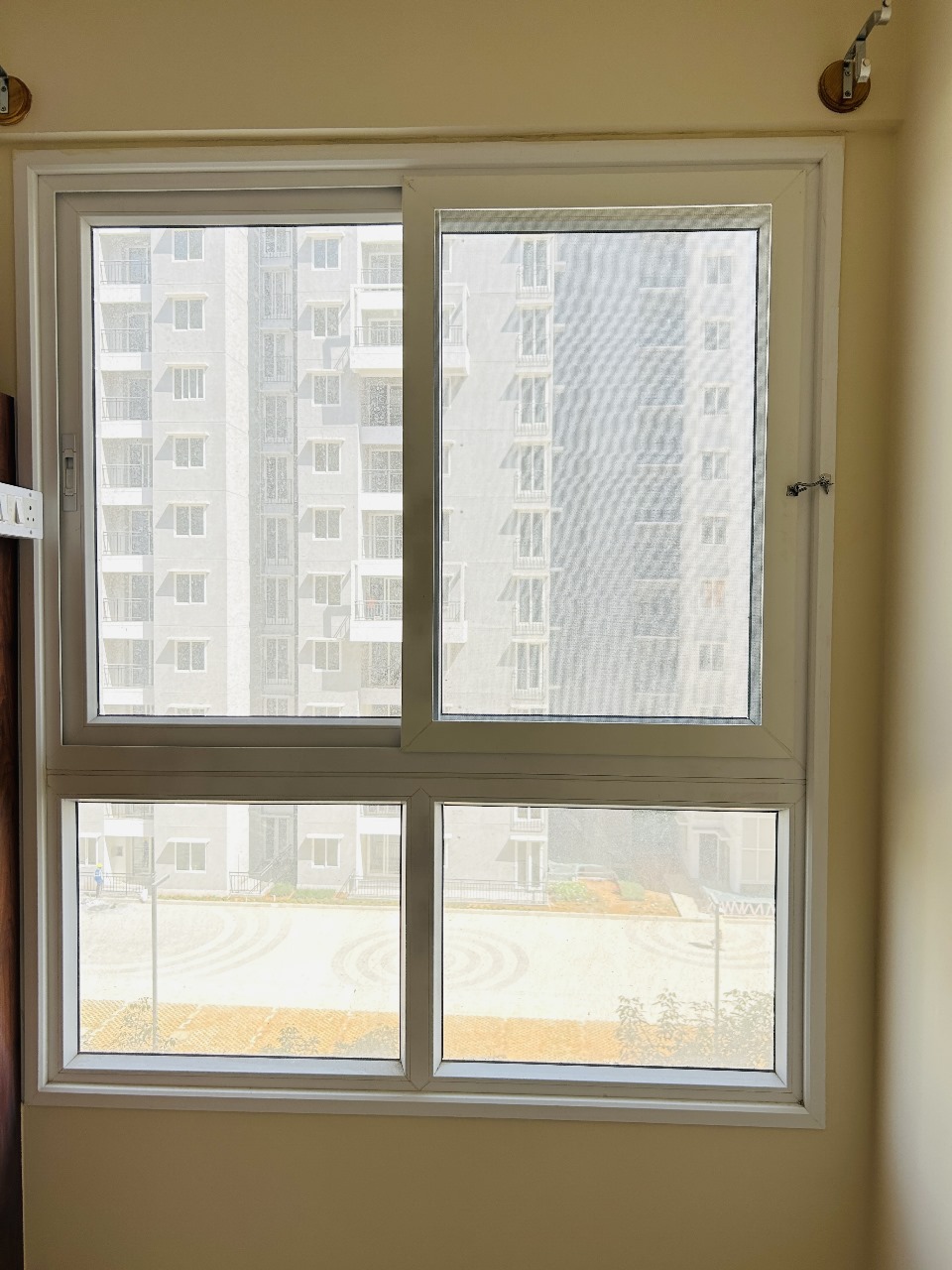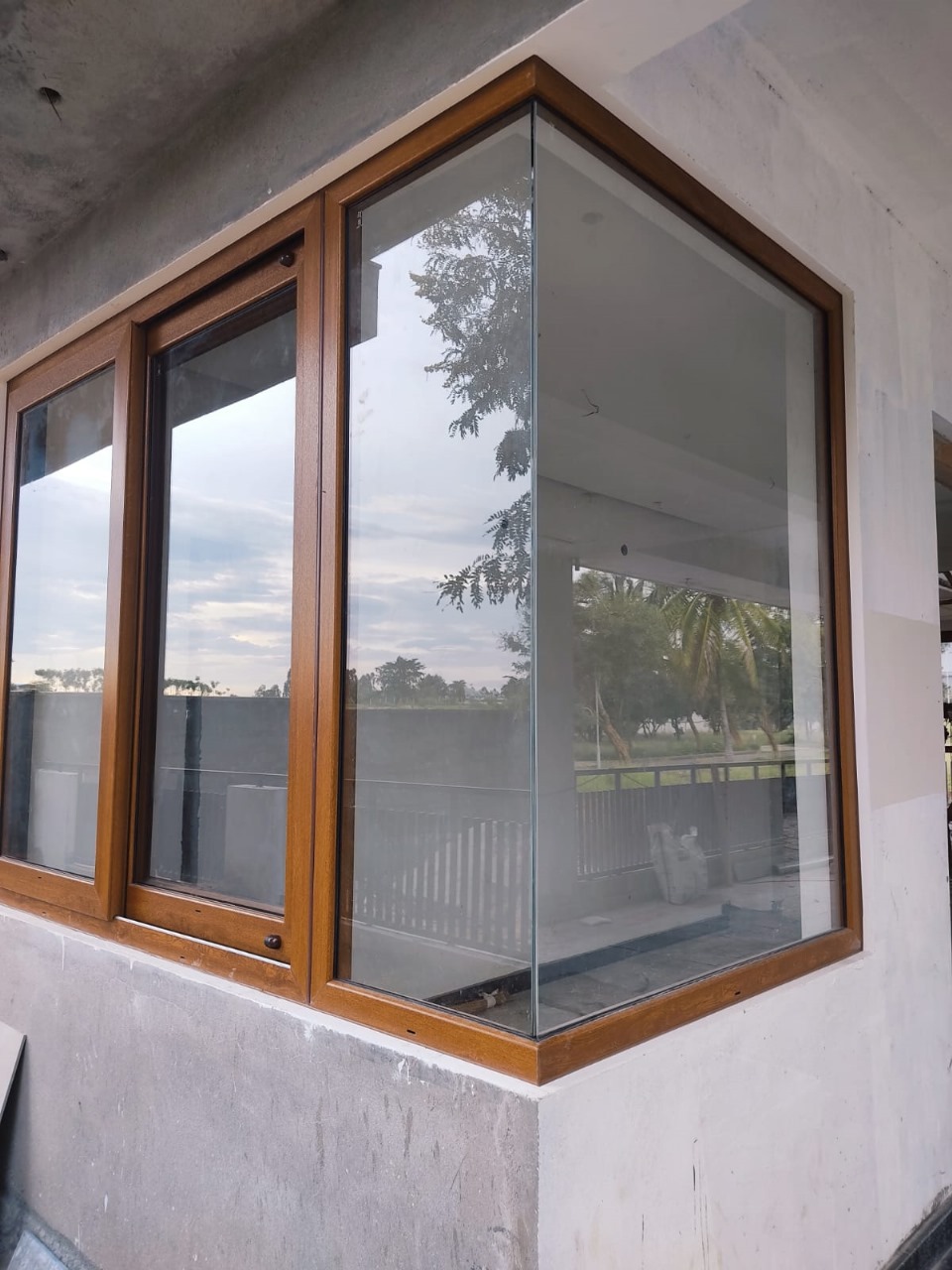Casement Window


Combination Window
Combination windows are versatile window designs that integrate two or more different window styles into a single unit, providing both aesthetic appeal and functional benefits. They are particularly popular for their ability to enhance natural light, improve ventilation, and offer energy efficiency.
Types of Combination Windows
Casement Picture Window Combination: This type features a fixed picture window paired with operable casement windows that swing open for ventilation. It is ideal for maximizing airflow and light.
Double Hung Picture Window Combination: This design includes a picture window alongside double-hung windows, which slide vertically. It conserves space and allows for ventilation without obstructing views.
Picture and Awning Window Combination: This combination includes a picture window with a smaller awning window above it. The awning window opens outward, allowing for ventilation while keeping rain out.
Picture and Bay Window Combination: In this design, a central picture window is flanked by operable windows, often in a U-shaped configuration. This style adds depth and visual interest to a room while providing functional openings for airflow.
Benefits of Combination Windows
Versatility: Homeowners can customize combination windows to meet specific aesthetic and functional needs, allowing for a wide range of designs and configurations.
Energy Efficiency: Many combination windows are designed with energy-efficient materials and features, such as insulated glass, which help reduce heating and cooling costs.
Enhanced Aesthetics: They can significantly improve the visual appeal of a home, offering a modern look that can complement various architectural styles.
Noise Reduction and Insulation: Combination windows often include air-tight seals that help minimize noise pollution and improve thermal insulation, contributing to a more comfortable indoor environment




